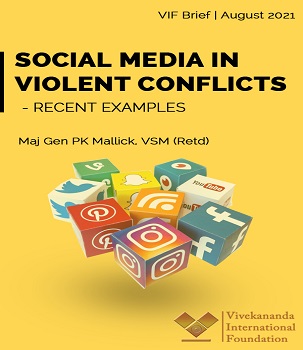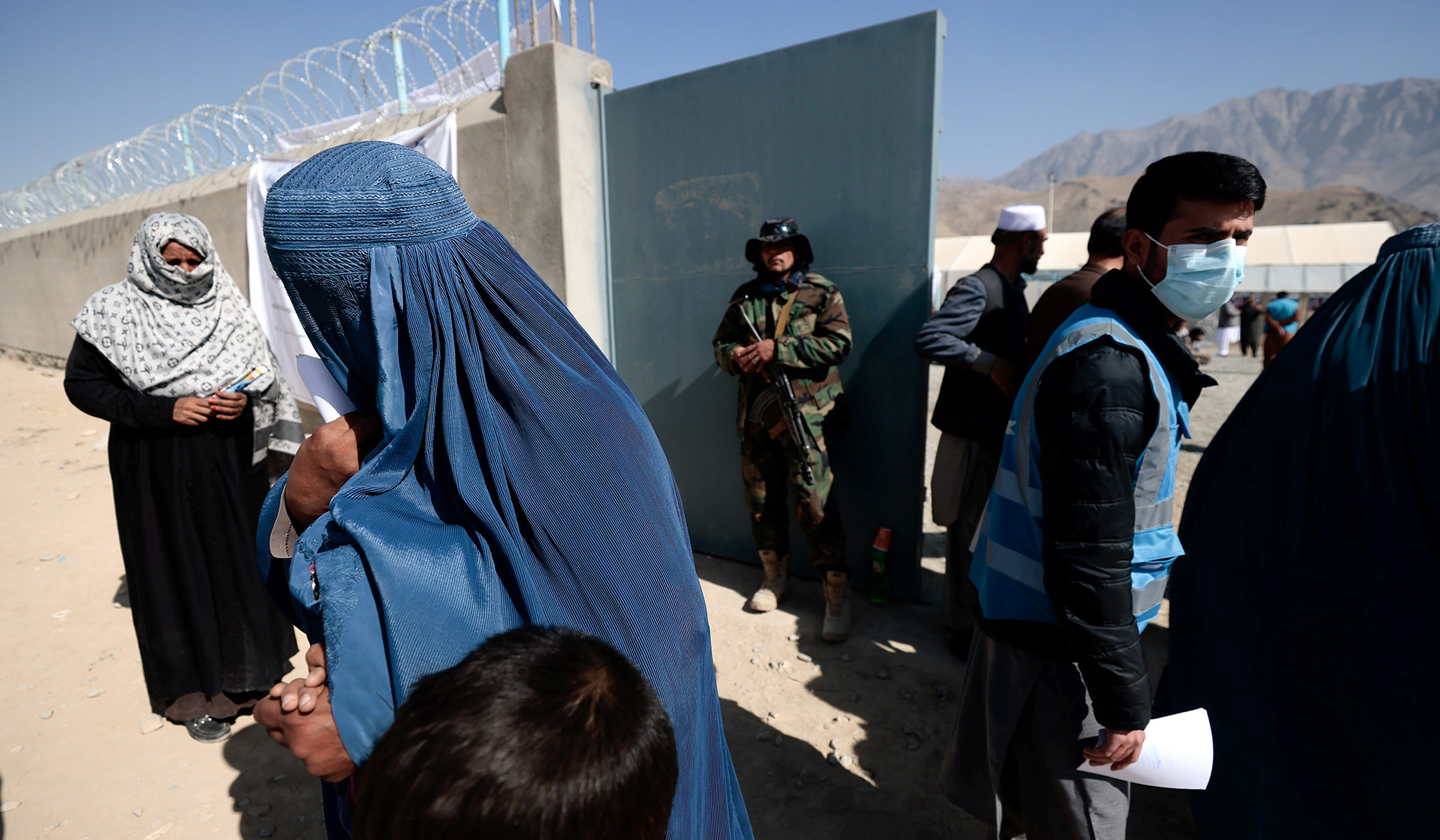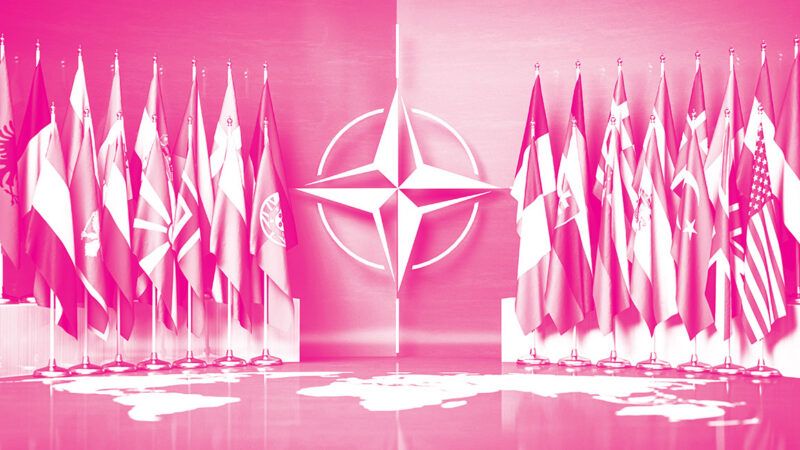Alexandre Strapasson, Henry Lee and Jack Schnettler
This paper focuses on liquid biofuels, especially corn-based ethanol, and the energy-water nexus. It examines the implications of potential land area expansion for increased biofuel production and on water supply availability. Given the potential expansion of the use of irrigation in crop production for biofuels, the associated water footprint can be challenging in some areas, depending on the assumptions and trends considered in the projections. On average, biofuels are among the most water-intensive energy products. Producing a gallon of conventional gasoline requires 3 to 7 gallons of water, whereas a gallon of corn ethanol requires from 11 gallons up to 160 gallons of water in extreme situations. Thus, these impacts vary according to the production system and region.
Highlights
To date, biofuel production in the United States has not been limited by water availability.
Some simulations show that it is possible to expand corn-based ethanol nationwide over the next ten years without using additional water and land resources. Conventional ethanol production could reach approximately 19 billion gallons in the 2030-31 crop year, representing a 28% increase from current levels, based on yield growth on existing acreage and without changing the annual corn exports and internal stocks.
Doubling current ethanol production in ten years without an acreage expansion, achieving about 32 billion gallons in 2030-31, would require the reallocation of corn from other uses. Otherwise, an increase in existing corn area might be required, which could exacerbate water scarcity in some areas, if precautionary measures are not addressed.
Policies and regulations should establish clear incentives to reduce agricultural water withdrawals in water stressed areas in favor of rain-fed crops. To the extent possible, they should also account for changing climatic conditions.
Future policies should support sustainable water management and develop markets for advanced biofuels, aiming to minimize both irrigation and carbon intensity.
















